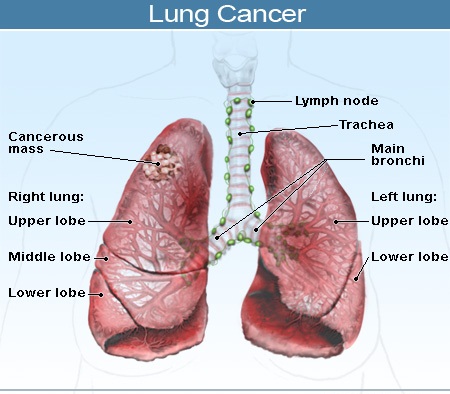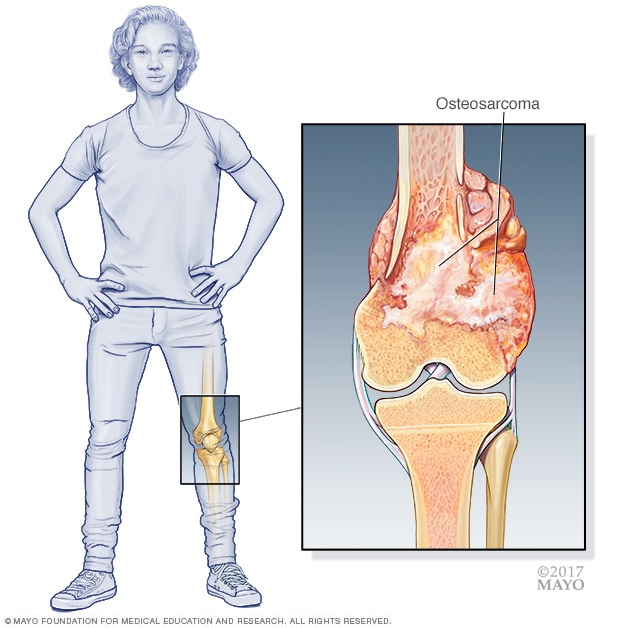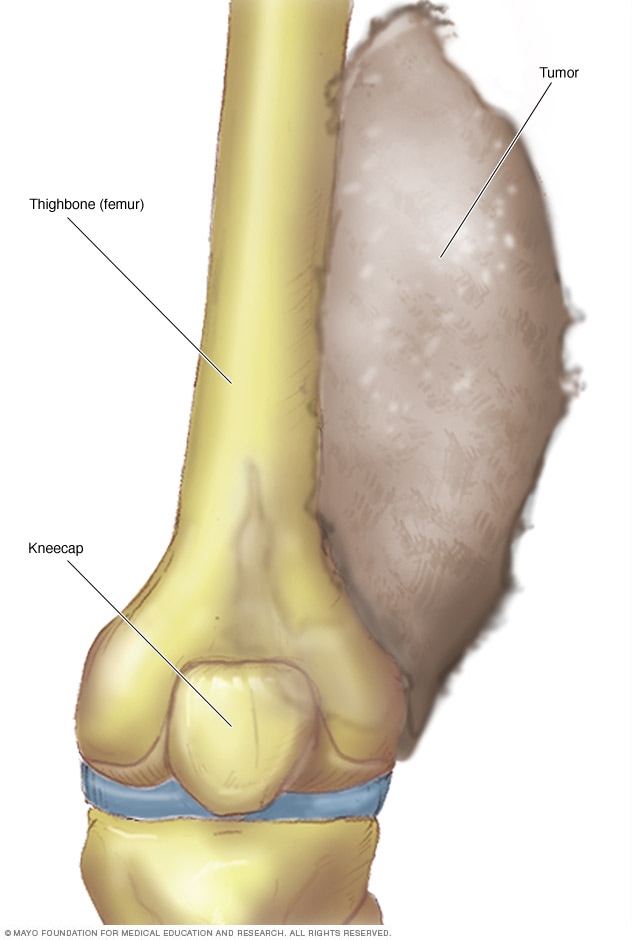The kidneys are part of the urinary system, which eliminates waste and excess fluid and electrolytes from the blood. They also control the production of red blood cells and regulate blood pressure.
A cancer that starts outside the kidney and metastasizes to the kidney is not normally called kidney cancer.
Kidney cancers mainly originate in two parts of the kidney, the renal tubule and the renal pelvis.
Types:
- Urothelial cell carcinoma of the renal pelvis
- Renal cell Carcinoma
- Squamous cell carcinoma
- Juxtaglomerular cell tumor, or reninoma
- Angiomyolipoma
- Renal oncocytoma
- Bellini duct carcinoma
- Clear-cell sarcoma of the kidney
- Mesoblastic nephroma
- Wilms’ tumor, usually diagnosed in children under 5 years of age
- Mixed epithelial stromal tumor
Rarely, potentially cancerous tumors that usually originate in other parts of the body can start off in the kidneys. These include clear cell adenocarcinoma, transitional cell carcinoma, inverted papilloma, renal lymphoma, teratoma, carcinosarcoma, and carcinoid tumor of the renal pelvis.
Most cancers that originate in the renal tubule are renal cell carcinoma and clear cell adenocarcinoma. Those that originate in the renal pelvis are transitional cell carcinoma.

This article focuses mainly on renal cell carcinoma.
Signs and symptoms
Symptoms do not usually appear in the early stages of kidney cancer.
In the later stages, the person may experience:
- Blood in the urine
- A lump or mass in the back, near the kidneys
Less often, there may be:
- A continuous pain in the side, near the kidneys
- A lump in the abdomen
- Anemia
- Constant fever and night sweats
- Tiredness or fatigue
- Weight loss and loss of appetite
Other conditions can lead to similar symptoms, so it is important to see a physician if any of these occur.
Causes and risk factors
Cancer starts when there is a change in the structure of DNA in cells. A genetic mutation causes cells to grow uncontrollably eventually producing tumor cells.
Untreated, cancer grows and spreads, usually through the lymphatic system, a series of nodes or glands that exist throughout the body.
Renal cell carcinoma typically starts in the cells that line the tiny tubes of the nephron. Tumors normally grow as a single mass, but sometimes, more than one tumor can grow in one kidney, and sometimes in both kidneys.
Transitional cell carcinoma develops in the tissue that forms the tubes that connect the kidneys to the bladder. This type of cancer can begin in the ureters and also in the bladder itself.
Wilms’ tumor is a childhood kidney cancer caused by the loss or inactivation of a tumor suppressor gene called QT1 on chromosome 11. Tumor suppressor genes generally suppress tumor growth and control cell growth.
Risk factors for common kidney cancers
Risk factors for renal cell carcinoma, the most common type of kidney cancers, include:
- Age: The risk increases significantly after the age of 60 years
- Sex: For every two women who get kidney cancer, 3 men will do so
- Obesity: People with obesity have a significantly higher risk
- Smoking: Regular tobacco smokers have a much higher risk, but the risk drops when the person quits
- Hypertension, or high blood pressure: The higher risk may be due to the hypertension itself, or it may be due to anti-hypertensive medications
- Smoking, obesity, and hypertension account for around 50 percent of all renal cell carcinomas
- Workers who are exposed to chemicals, such as asbestos, trichloroethylene, and cadmium, are more likely to develop renal cell carcinoma
Asbestos was widely used in the past in construction. Cadmium is a metal used in batteries. Trichloroethylene is an industrial solvent used to strip paint from metals.
Patients receiving long-term dialysis for chronic kidney failure are more likely to develop renal cell carcinoma. This may be due to kidney disease rather than the dialysis itself.
Patients who have received a kidney transplant and are taking immunosuppressant medications have a higher risk of developing renal cell carcinoma. The use of medications such as phenacetin, a pain reliever, has been linked to a higher risk of kidney cancer, and the use of diuretics may contribute.
Von Hippel-Lindau disease is a genetic condition that increases the risk of several kinds of tumors, including renal cell carcinoma. In hereditary papillary renal cell carcinoma, multiple papillary tumors develop in both kidneys. Other diseases that increase the risk include Birt-Hogg-Dube syndrome and hereditary leiomyoma-renal cell carcinoma.
Kidney cancer stages:
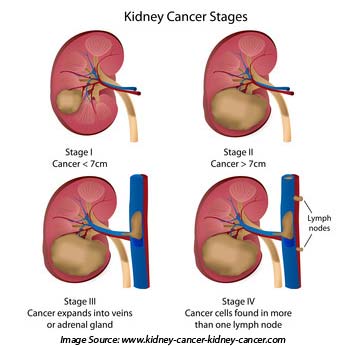
One way of staging kidney cancer is a four-stage system:
Stage I: The tumor is under 2.8 inches, or 7 centimeters in diameter and it is limited to the kidney.
Stage II: The tumor is greater than 2.8 inches, or 7 centimeters, in diameter, and it is still limited to the kidney.
Stage III: The cancer is any size but has spread beyond the kidney to at least one other location. It may have reached the adrenal gland, nearby blood vessels, a lymph node, or the fat that surrounds the kidney.
Stage IV: The cancer has spread beyond the fatty tissue around the kidney, it affects at least one lymph node, or it has spread to other organs.
Treatment options
Treatment options depend on several factors, including the patient’s general health, the type and stage of kidney cancer, and the patient’s own preferences.
Nephrectomy involves removing the kidney, the nearby adrenal gland, a border of healthy tissue, and the adjacent lymph nodes. The surgery can be done laparoscopically, through small incisions.
If the tumor is less than 1.5 inches, or 4 centimeters across, the surgeon may remove only part of the kidney in a partial nephrectomy.
If the cancer has spread outside the kidney, surgery may not cure it, but it can ease pain and make other non-surgical treatments more effective.
In nephron-sparing surgery, the tumor, but not the kidney, is surgically removed. This may be an option during the early stage of kidney cancer, or if the patient has only one kidney.
A patient who is unwell or frail may not be able to undergo surgery. In this case, a number of nonsurgical treatment options are possible.
Embolization aims to block the flow of blood to the tumor. The surgeon inserts a small tube known as a catheter into the groin. X-ray images guide the catheter into the blood supply for the kidney. A special material passes through the catheter into the blood vessel, blocking the blood supply to the kidney and starving the tumor of oxygen and nutrients. This causes the tumor to shrink.
Cryoablation involves inserting one or more special needles, known as cryoprobes, through small incisions into the tumor. An imaging scan guides the process. A gas in the needles freezes the cells around the tip of each needle. Another gas warms thaws the tissue, and then the cells are refrozen. This freeze-thaw cycle kills the cancer cells.
Some pain may occur after the procedure, and, rarely, some bleeding, infection, and damage to the tissue close to the tumor.
Advanced or recurrent kidney cancer treatment is for kidney cancer that comes back, or kidney cancer that has spread out of the kidney.
Surgery aims to remove as much of the tumor as possible.
In biological therapy, or immunotherapy, drugs use the body’s own immune system to fight cancer. Examples are interferon and interleukin-2. Both are synthetic versions of chemicals that our bodies make. Side effects include nausea, vomiting, chills, elevated body temperature, and loss of appetite.
In targeted therapy, medicines interrupt the functions that cancer needs to survive, such as the blood supply.
Targeted therapies include:
- Sunitinib, or Sutent
- Sorafenib, or Nexavar
- Bevacizumab
- Temsirolimus
Radiation therapy cannot usually cure kidney cancer, but it may help reduce the spread and the severity of symptoms. Patients typically undergo a few minutes of treatment daily for a number of days. Radiation therapy that is used to control rather than to cure a cancer tends to have less severe side effects.
Side effects can include fatigue, nausea, and vomiting.
Complementary treatments may include taking certain vitamins alongside regular treatment. This should first be discussed with a physician. Some people have found that alternative treatments can relieve symptoms, but these can be unhelpful or hazardous, and should first be discussed with the medical team.
Living with kidney cancer
When a person finds out they have cancer or another serious illness, they may experience feelings of grief, stress, anxiety and depression.
Talking to a well-qualified counselor may help.
It is important to get as much information as possible. Members of the medical team will provide details about the diagnosis, available options, and their effectiveness.
The patient should eat a healthy diet with plenty of fruits and vegetables, sleep at least 7.5 hours each day, and get enough exercise, within the limits set by the physician. This will maximize the benefits of any treatment.
Allow friends and family to help. They can provide practical assistance and support the patient’s mental, emotional, spiritual, and, ultimately, physical health.
Prevention and life expectancy
Measures to reduce the risk of developing kidney and other cancers include:
- Not smoking
- Eating plenty of fruit and vegetables
- Exercising regularly
- Keeping the body weight within normal limits for your height, sex, and age
- Getting at least 7 hours good quality continuous sleep every 24 hours
- Maintaining a healthy blood pressure
- Avoiding toxic chemicals
Getting an early diagnosis for kidney cancer improves the outlook for patients. A patient who receives a diagnosis at Stage I has an 81 percent chance of living for at least another 5 years.
At Stage II, there is a 74 percent chance of surviving for another 5 years, at Stage III, there is a 53 percent chance, and if the disease is diagnosed at Stage IV, the likelihood of surviving 5 years or longer is around 8 percent.

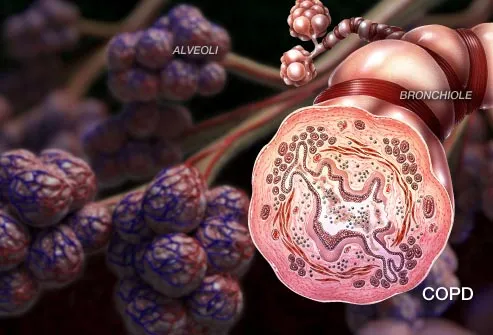

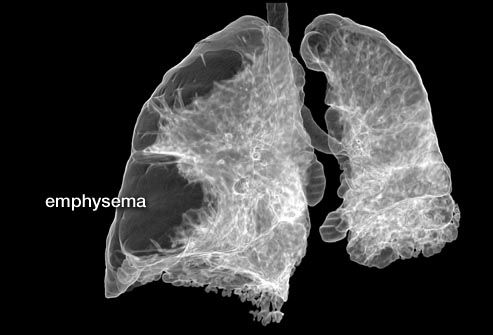

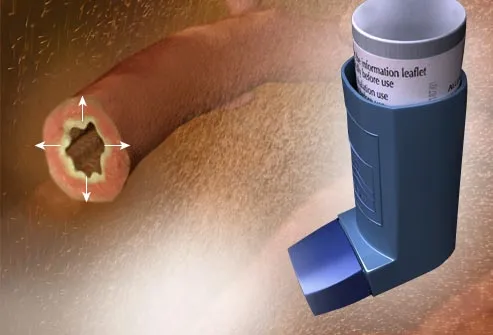
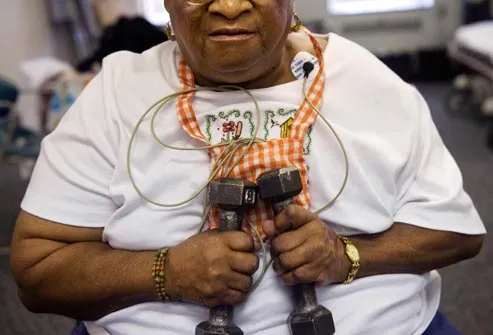
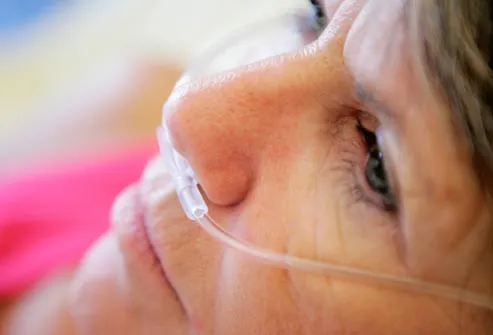






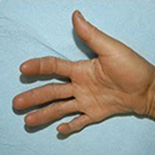




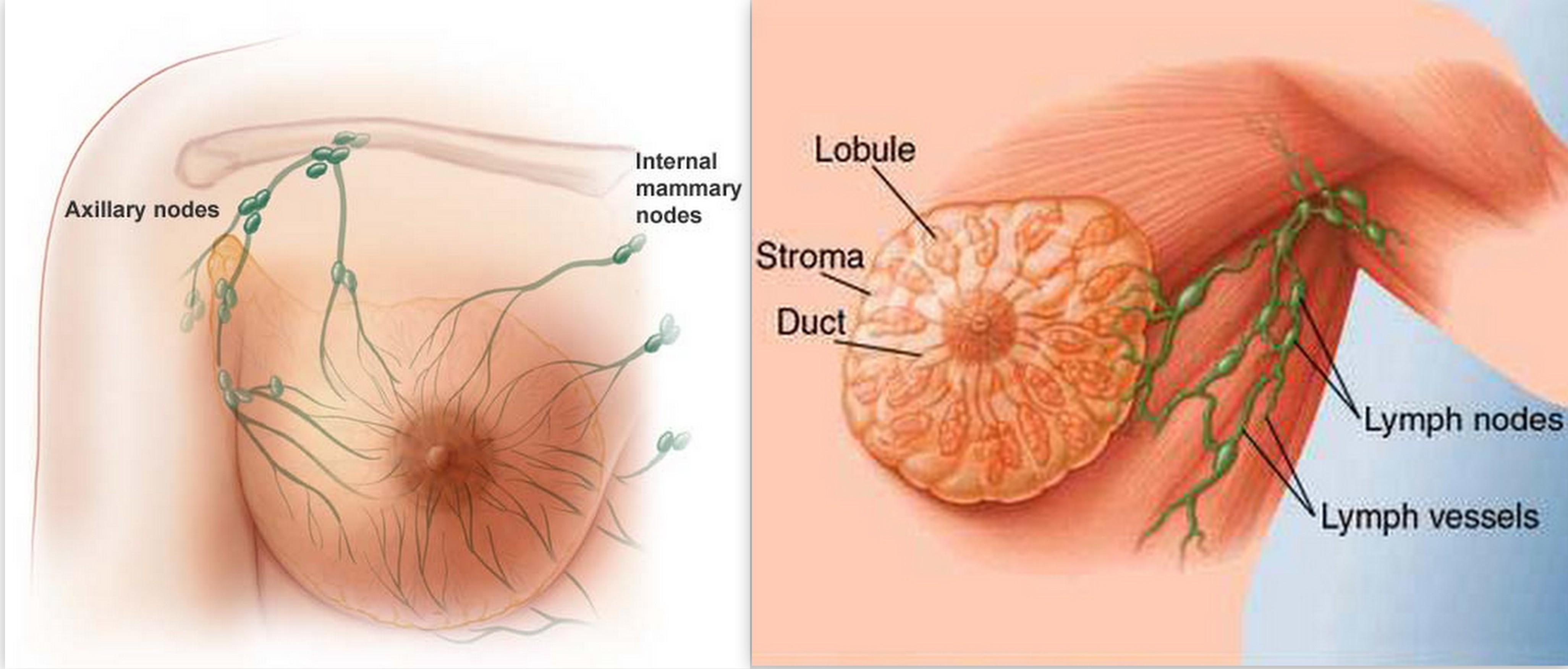

.jpg)
